Education
All you need to know about DeepBrain chain

DeepBrain chain (DBC) is a new technology created to power 5G, AI, and IoT devices in a decentralized manner. The team behind the project seeks to utilize blockchain technology to maximize the possibilities in cloud storage, graphic processing operations, and other related services.
The problem DBC seeks to solve is the cost of energy consumed in running AI-based systems, access to adequate and correct data, and computing power. As the rise in AI-based services continues into the future, individuals and organizations will require more energy to power their computers, have access to enough data that their clients will need, and have a faster capacity for carrying out computations.
Through blockchain-built systems, DBC will provide cheaper services that are powered by decentralized nodes where resources are shared, reducing waste of redundant capacity while allowing people with lower capacity devices to carry out complex procedures.
Components of DeepBrain Chain
DeepBrain chain is first made up of a GPU that processes several computational activities at the same time. GPUs (Graphics Processing Units) are computer chips used to render images and graphics while solving complex mathematical functions.
Before the latest advancements in computer technology, CPUs (Central Processing Units) were used to render 2D and 3D images as well as videos.
However, the need for a more dedicated infrastructure to handle these processes inspired the use of GPUs. With the GPUs of the DeepBrain chain, organizations and individuals can carry out complex graphic operations quickly.
There is also an AI and metaverse integration on the DeepBrain chain. The powerful imagery processing permits AI tools and those related to virtual spaces to be plugged into the infrastructure.
Games, manufacturing systems, and other business-related activities that require AI and virtual imaging to run on a fast computer can be connected to the DeepBrain chain.
DeepBrain chain is also hosted on a blockchain – polka substrate. This brings the decentralization that the DeepBrain chain requires to function at a very high speed.
The Substrate is an SDK that allows small and industrial developers to build projects that are secured by the Polkadot blockchain. While the Substrate is different from Polkadot, it makes it possible to easily build chains that can connect to Polkadot.
The multichain network of DBC is broken down into the Parent Blockchain (DeepBrain chain), Relay Nodes, and Worker Chain (Side Chain). While The Parent chain transfers information to all Worker Chains, the Relay chains connect Parent chains with Worker chains. The Worker chains are like the final platforms on which end users can operate.
DBC also has a DBCToken of which 40% are mined in the system. The DBC token has a total number of 10 billion. There is also the DeepBrain chain mainnet browser.
Mining on DBC
Miners, like in bitcoin, exist in the DBC network. These are individuals who offer their computing power to help others carry out complex imagery activities on DBC. Miners are paid with bonus DBC tokens and by renting out GPU computing power
According to the team, the total number of DBCs that can be generated by DeepBrain chain mining is 5 billion, and out of this number, a billion is given to GPU miners who contributed before the project went online. From when the project went live, the plan has been that 4 billion tokens will be mined in such a way that 500 million is mined yearly for the first three years while halving of the DBC token will occur every five years.
Roadmap
In 2017, the whitepaper of DeepBrain chain was released, and the first phase of the project was completed using the Neo contract amongst other developments. The team’s focus in 2018 was on developing the core layer architecture, testing by users, evaluating and receiving feedback from users.
From 2019 until 2021, DeepBrain chain completed its GPU isolation function, improved the AI data encryption, reconstructed the DBC source code and released its open source documentation, released the phase one and two of the public test of the DBC mainnet, and upgraded the smart contract infrastructure of the project.
According to the team, from 2022 until 2025, they will focus on scaling the project’s network to more than 500,000 GPUs, making it one of the largest distributed high-performance computing power networks in the world.
Other progress made by the team includes DBC launched on Huobi.pro. in August 2018; over 10,000 DBChain global AI developers from across more than 500 AI-related universities and labs worldwide in May 2021, and the current number of GPUs in the DBC blockchain network has exceeded 2,400.
Projects using the DBC
DBC has been deployed by a number of projects in several industries that need AI-based infrastructure to service their clients. Examples of the over 50 projects that have done so include DBC Korea Hillstone, DBC Korea Ai-Factory, Gines Korea Center-1, YouSanAI, Deepshare GPU cloud platform, AINLP, 52CV, Ant mining, Congtu Cloud, WindyWinter, PanChuangAI, and DIMI AI.
Read also;
How blockchain helps in the distribution of global financial risk





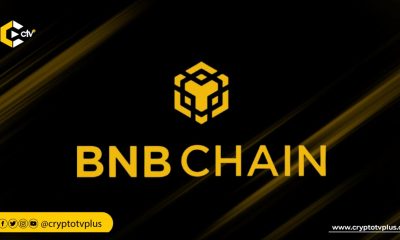

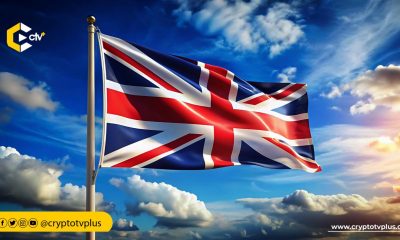

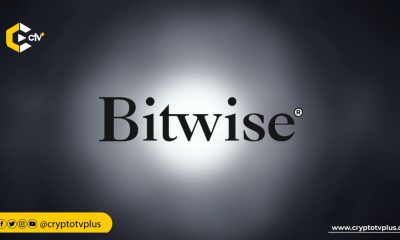

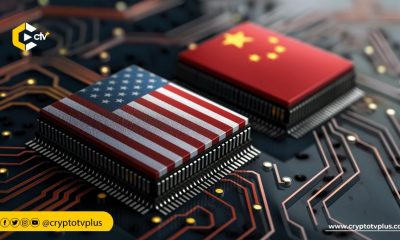

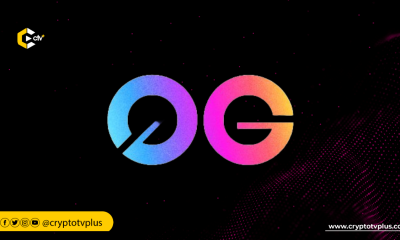











1 Comment